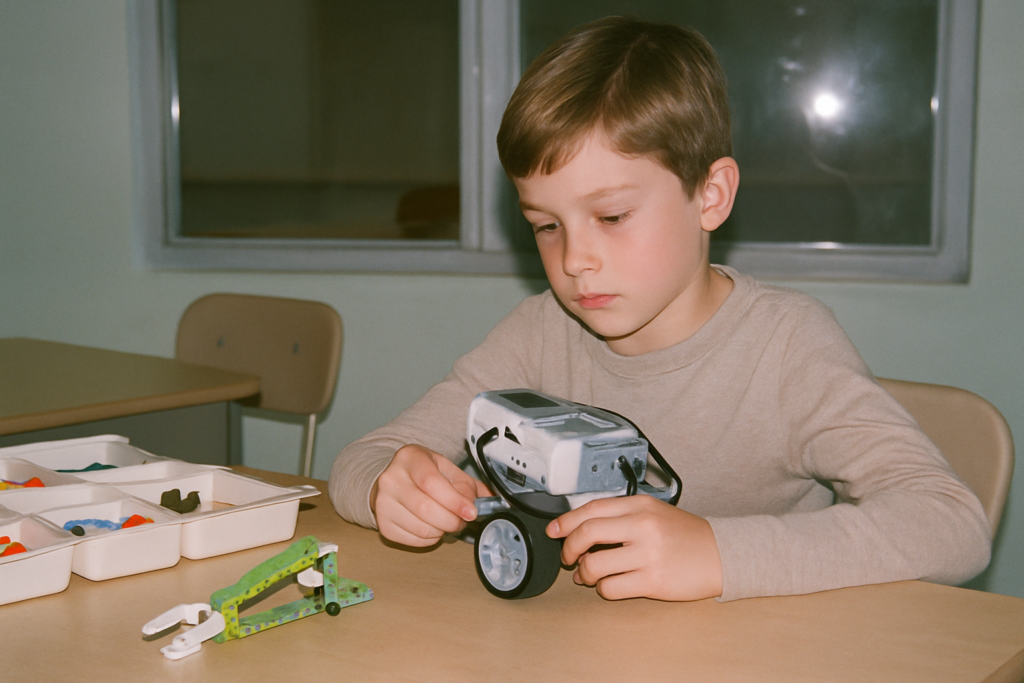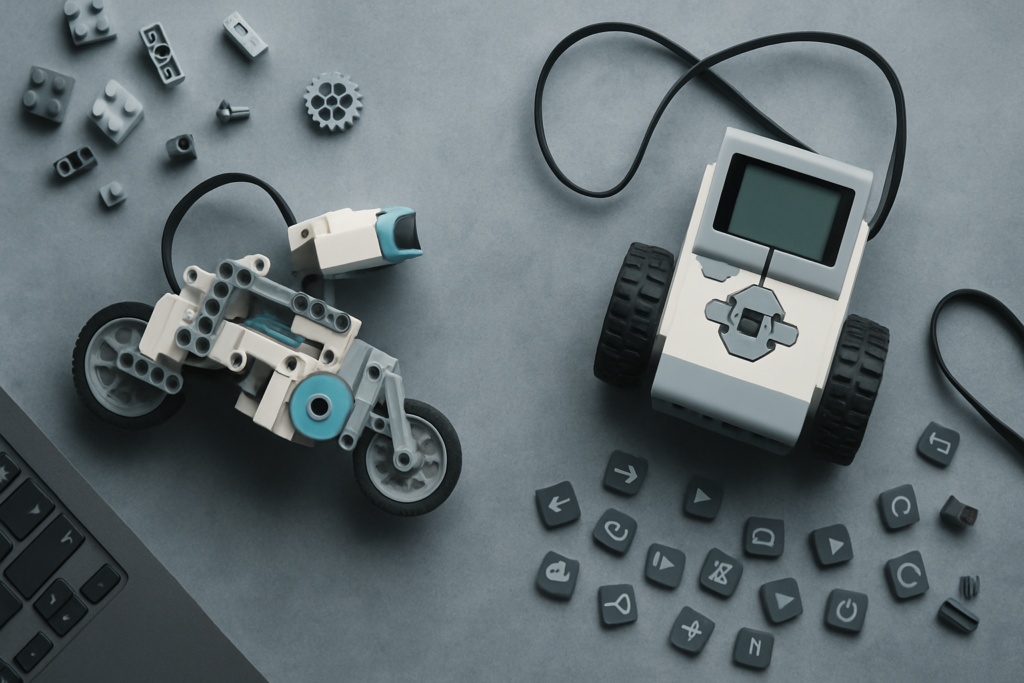The Importance of STEM Toys in Early Education
STEM toys play a crucial role in early education by laying the foundation for essential skills in science, technology, engineering, and mathematics.
These toys introduce complex concepts through interactive and engaging activities, making learning fun and effective.
The Role of Play in Learning
Play is essential for cognitive development, and STEM toys integrate play with learning. According to the American Academy of Pediatrics, play enhances brain structure and function, promoting neural connections.
When children use STEM toys, they develop problem-solving abilities and critical thinking skills.
For example, building a simple circuit with snap-together electronics teaches basic electrical engineering principles while encouraging experimentation.
Types of STEM Toys
STEM toys come in various forms, each targeting different aspects of STEM education:
- Building Kits: Sets like LEGO Mindstorms help kids learn engineering and robotics.
- Robotics: Kits such as Sphero introduce programming and robotics.
- Science Kits: Options like the Science Lab Kits offer hands-on experiments in biology and chemistry.
- Mathematics Games: Toys like Mathlink Cubes make learning math concepts interactive and fun.
- Coding Toys: Products like the Code-a-pillar teach basic coding principles through interactive play.
Each type of toy provides unique educational benefits and fosters a child’s interest in STEM fields, crucial for future gaming and technological advancements.
Connection Between STEM Toys and Gaming
STEM toys not only foster essential educational skills, but they also play a pivotal role in cultivating a lifelong interest in gaming.
Children who engage with these toys often develop a unique set of competencies that translate seamlessly into the gaming world.
Developing Problem-Solving Skills
STEM toys enhance problem-solving skills by encouraging children to think critically and find solutions. Building kits, for instance, require kids to follow instructions and understand engineering principles to complete a project.
Robotic toys challenge them to assemble parts and program functions, promoting logical thinking. In gaming, these problem-solving skills are crucial for navigating complex challenges and achieving goals.
Enhancing Computer Literacy
STEM toys improve computer literacy by introducing children to basic programming concepts and digital interactions. Coding toys often include apps that teach coding languages through interactive lessons.
As kids manipulate code to make robots move or games function, they build a strong foundation in computer science.
This familiarity with technology makes transitioning to computer-based gaming more intuitive and engaging.
Examples of Effective STEM Toys That Encourage Gaming Interests

STEM toys effectively foster gaming interests by combining learning with play. Below are specific examples of how certain toys achieve this.
Robotics Kits
Robotics kits engage children in building and programming their robots. These kits, such as:
- LEGO Mindstorms
- VEX Robotics teach problem-solving
- engineering principles
Kids use sensors, motors, and code to bring their creations to life. The hands-on experience parallels gaming’s interactive nature, reinforcing skills necessary for gaming development.
Programming Games
Programming games introduce coding concepts through fun, interactive methods. Games like:
- CodeCombat
- Scratch
encourage logical thinking and creativity.
Players solve puzzles by writing code in actual programming languages, which makes learning enjoyable. Mastery of these basic coding practices paves the way for future gaming and technology interests.
Benefits of Gaming in Educational Development
Gaming offers significant educational benefits, making it an important tool in children’s development. It enhances cognitive growth and even improves social skills.
Cognitive Growth
Gaming sharpens cognitive skills, including problem-solving, memory, and spatial awareness. For instance, puzzle games like “Portal” challenge players to find solutions to complex problems using physics concepts.
Strategy games like “Civilization” teach planning and resource management.
These games also require quick thinking and adaptability, which are crucial for STEM competencies. Studies show that regular gaming can boost gray matter, improving brain function.
Social Skills Improvement
Gaming enhances social interactions by fostering teamwork, communication, and leadership. Multiplayer games like “Minecraft” encourage players to collaborate on building projects, pushing them to communicate effectively.
Role-playing games (RPGs) such as “World of Warcraft” require players to work together in quests, promoting cooperative strategies.
Online communities revolving around these games also create a sense of belonging and improve social engagement skills, essential for personal and professional growth.



